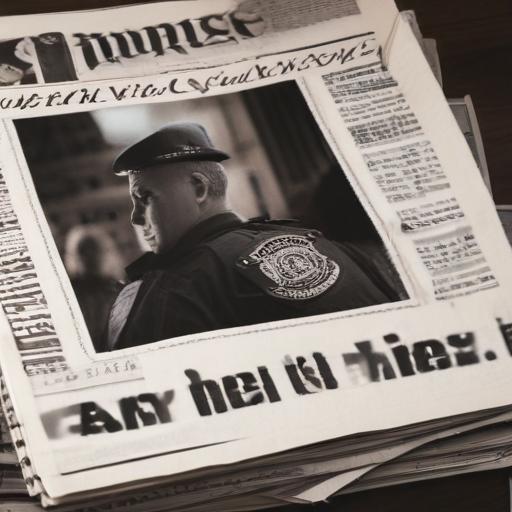In a heated exchange between President Donald Trump and California Governor Gavin Newsom, both leaders have made competing claims regarding a recent phone conversation amid ongoing tensions over protests in Los Angeles. The situation has intensified following recent Immigration and Customs Enforcement (ICE) raids that have led to widespread demonstrations.
During a press briefing in the Oval Office on Tuesday, Trump asserted that he had spoken with Newsom the previous day, stating he advised the governor to manage the situation better, emphasizing that without his deployment of the National Guard, “Los Angeles would be burning right now.”
However, Newsom quickly refuted this claim on social media, stating, “There was no call. Not even a voicemail.” He expressed concern over Trump’s lack of awareness regarding his communications as a president supposedly mobilizing troops on American streets.
In an effort to substantiate his claim, Trump provided a screenshot of his call log to Fox News, which demonstrated that he had indeed called Newsom on June 7. The log noted that although both calls were made, neither occurred on the day Trump cited, with the second call resulting in a 16-minute conversation where Trump claimed to have urged Newsom to take action against the protests.
Fox anchor John Roberts pointed out the discrepancy, noting that the calls occurred over four days prior, challenging Trump’s timing. Newsom retaliated on social media, implying that Trump’s confusion over the timeline further undermined his credibility.
This confrontation marks a continuation of their contentious relationship, especially regarding Trump’s decision to deploy 4,000 National Guard troops and 700 active-duty Marines to handle the protests, which Newsom has criticized. The governor previously noted that during their June call, Trump never mentioned his plans to deploy the National Guard, accusing him of dishonesty.
As tensions escalate, Trump issued a warning to potential protesters nationwide, stating they would face “equal or greater force” if they attempted to stage similar demonstrations. The political discourse around this situation highlights the broader cultural clash over immigration policies and state versus federal responses.
This incident illustrates the significant divide in political leadership styles and approaches to governance with respect to public safety and civil rights, prompting continued debate about the roles and responsibilities of state and federal governments during crises.
